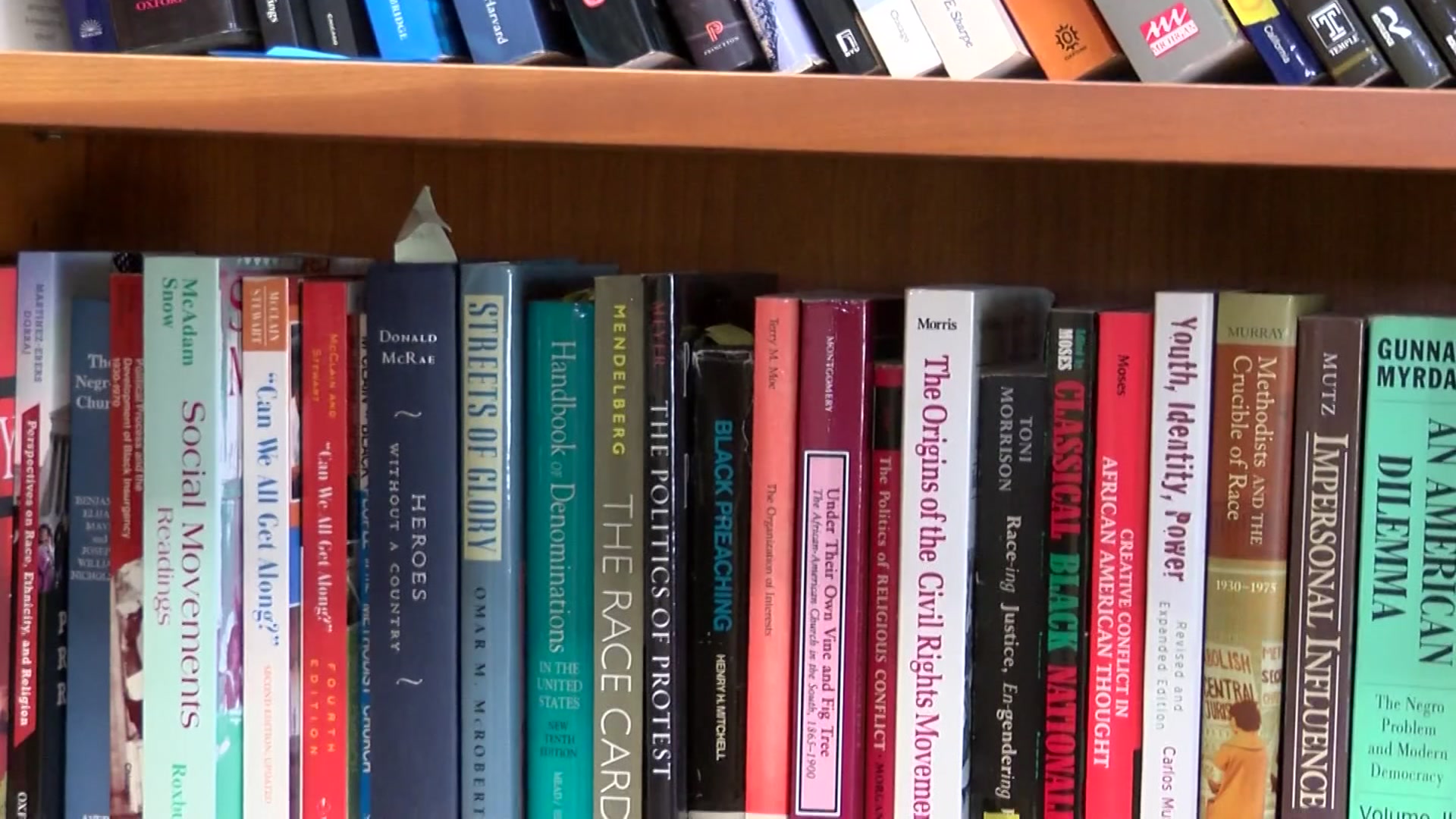Three new freeway connectors near Otay Mesa will help ease traffic coming from the U.S.-Mexico border crossing.
The connectors, linking State Route 905 and State Route 11 to the northbound South Bay expressway and State Route 125 toll road, opened to traffic on Wednesday.
The route will give the more than 7.8 million cars that drive through the area each year direct access to the less congested State Route 125.
“The new connectors will make a difference in the lives of tens of millions of people who cross the San Diego-Tijuana border each year for work, family, business, shopping, entertainment, education, and other reasons,” said SANDAG Chair and county Board of Supervisors Chair Ron Roberts in a statement. “By enhancing the border infrastructure system, we also help reduce greenhouse gas emissions and air pollution associated with traffic congestion.”
The freeway connectors will have a second purpose: to help expidite the future South Bay Rapid, a high-frequency transit service between the Otay Mesa Port of Entry and Downtown San Diego. Construction on the project began in February and service is expected to begin in 2018.
Residents living in various South Bay neighborhoods, including southern San Diego communities and eastern Chula Vista communities, will now have the option of taking SR-905 or SR-11 to avoid congestion on Interstate 5 or Interstate 805.
Construction on southbound connectors is scheduled to begin in 2018.
Local
When construction on the Otay Mesa East Port of Entry is completed, the connectors will serve that entry as well. The new port is part of a plan to reduce wait times at the border to 20 minutes, instead of the multi-hour wait many encounter in the area.
The northbound connectors project cost approximately $21 million, SANDAG officials said. Funding came from a variety of sources, however, the largest chunk of the funding - $16.1 million - came from Proposition 1B's Trade Corridors Improvement Fund.



